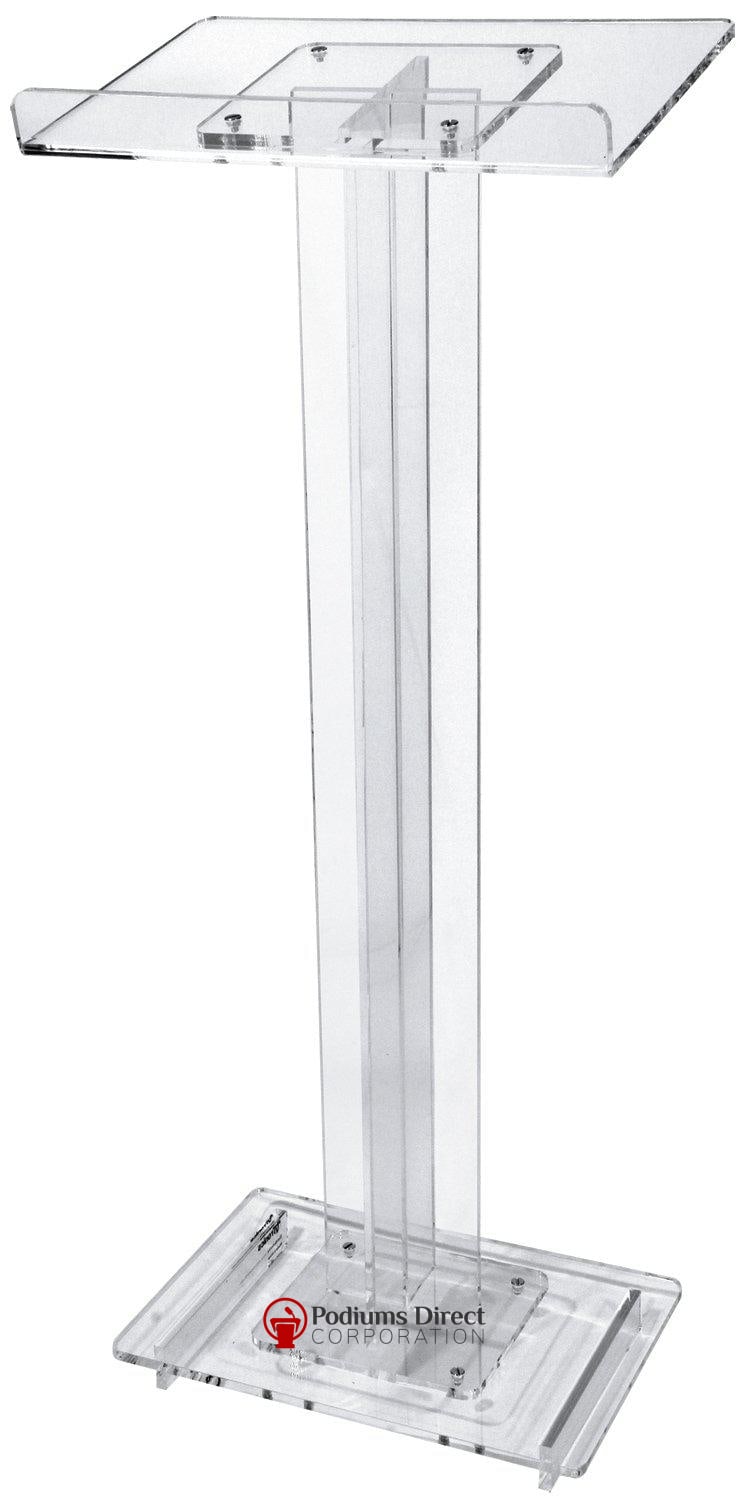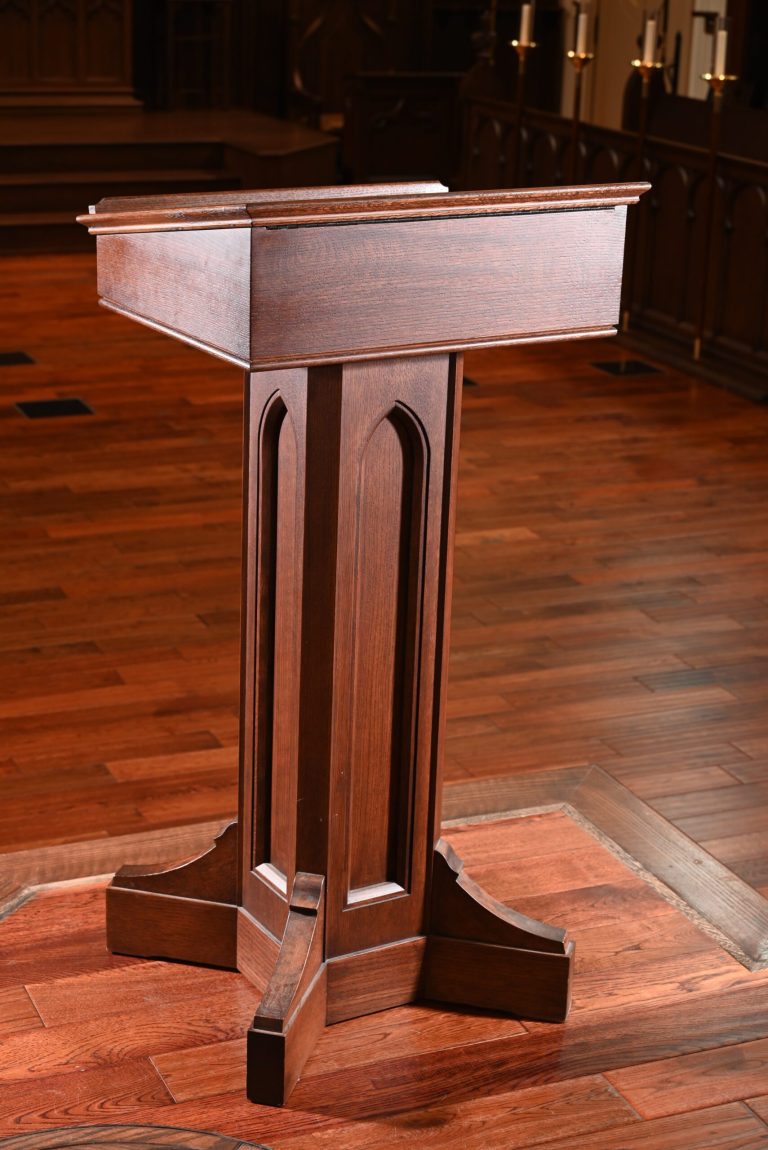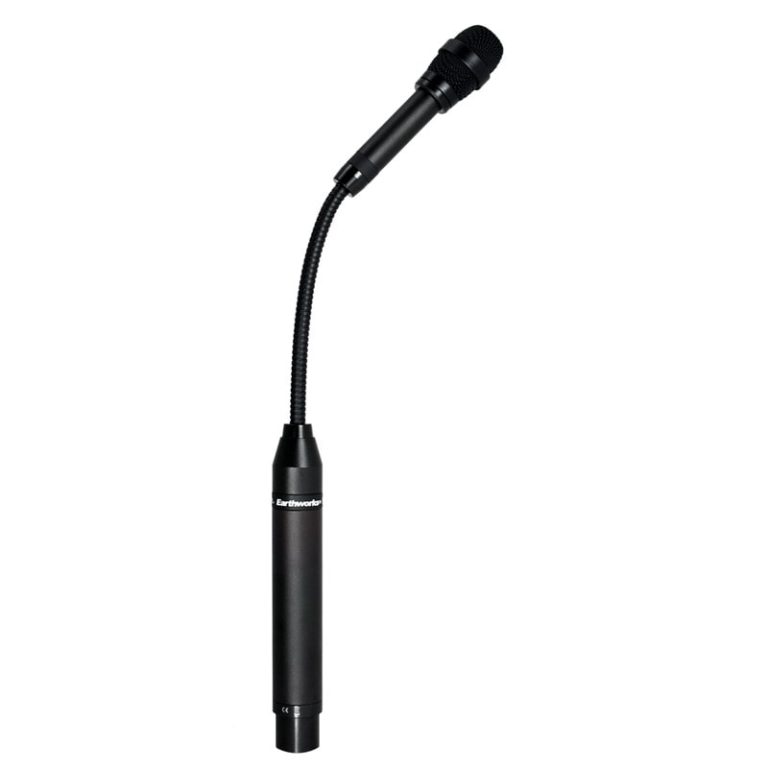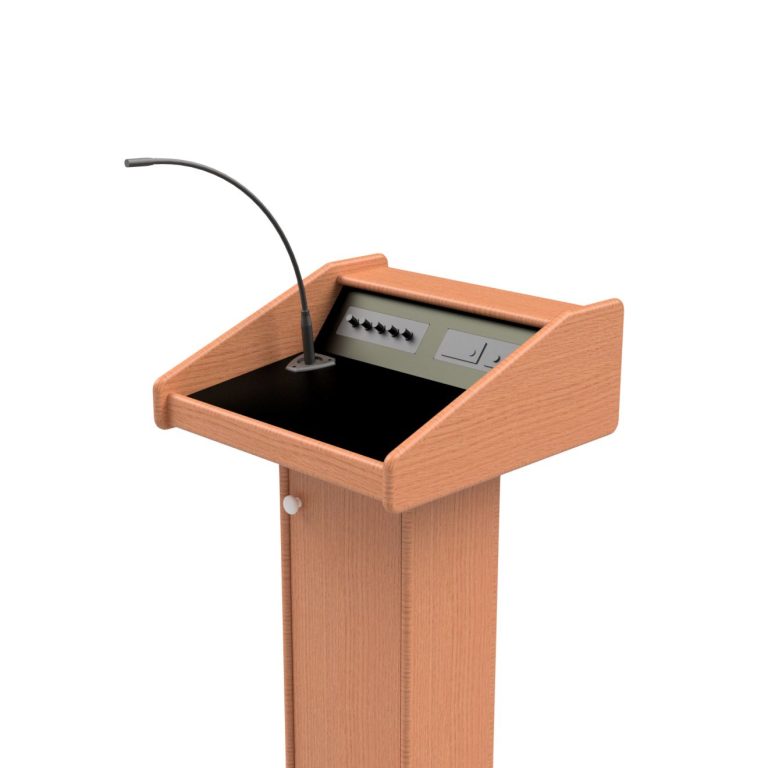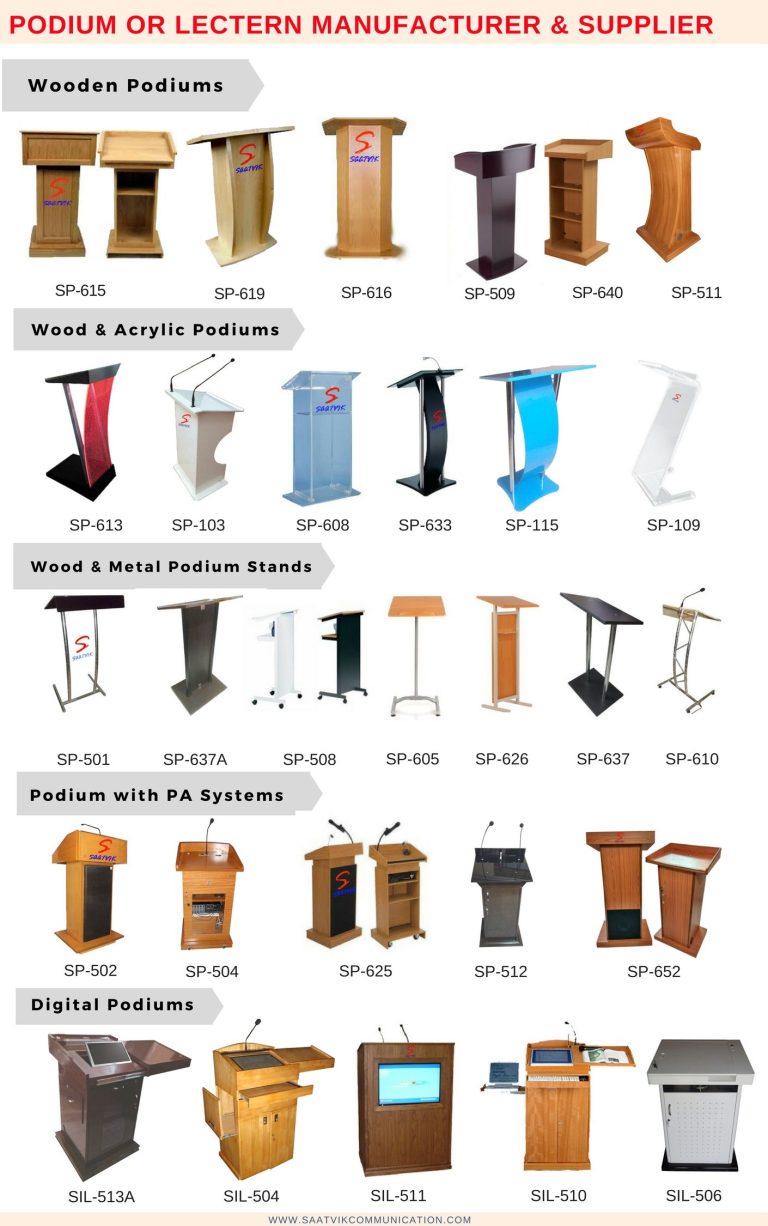What is Good Stagecraft?
Good stagecraft refers to the skillful execution of technical elements in a live performance, enhancing the overall production. Stagecraft is the art of creating a visually appealing and seamless experience for the audience.
It involves the effective use of lighting, sound, set design, props, and other technical aspects to create a captivating and immersive performance. Good stagecraft ensures that every element of the production complements and enhances the storytelling, allowing the audience to fully engage with the performance.
From creating realistic sets to setting the right mood with lighting and sound effects, each aspect of stagecraft requires careful planning and execution. We will delve deeper into the various components of good stagecraft and explore how they contribute to a successful live performance. So, let’s explore the fascinating world of stagecraft and discover what it takes to create an unforgettable theatrical experience.

Credit: m.facebook.com
Understanding Stagecraft
Stagecraft is an essential element in the world of theatre productions. It encompasses a wide range of skills and techniques that come together to create a captivating and immersive experience for the audience. Whether it’s the elaborate sets, lighting design, sound effects, or costumes, stagecraft plays a crucial role in bringing the story to life. In this section, we’ll dive deeper into the various aspects of stagecraft and explore its significance in enhancing the overall theatrical experience.
Defining Stagecraft
Stagecraft can be defined as the art and craft of creating the visual and auditory elements of a production. It involves the careful planning, design, and execution of all technical aspects that contribute to the storytelling on stage. This includes the construction of sets, the arrangement of props, the coordination of lights and sound, the creation of special effects, and the management of costumes. Stagecraft is like the backbone of a theatre production, providing the structure and foundation upon which the actors can perform and the story can unfold.
The Role Of Stagecraft In Theatre Productions
The role of stagecraft in theatre productions cannot be overstated. It serves multiple purposes that are vital to the success of a performance. Here are some key roles that stagecraft plays:
- Creating Atmosphere: Stagecraft sets the scene and establishes the mood and atmosphere of the production. Through the use of lighting, set design, and sound effects, the audience is transported to different time periods, locations, or imaginary worlds.
- Aiding Storytelling: Stagecraft helps to visually and audibly convey the story to the audience. It enhances the narrative by providing visual cues, highlighting important moments, and creating the right ambiance.
- Enhancing Performances: Stagecraft provides a supportive environment for the actors to deliver their performances. It includes elements like stage blocking, which ensures smooth movement and effective interaction between actors, as well as the management of props and costumes.
- Engaging the Senses: Stagecraft appeals to the audience’s senses, creating a multi-dimensional experience. The brilliant use of lights, sound effects, and set design can evoke emotions, heighten suspense, and immerse viewers in the world of the production.
- Ensuring Safety: Stagecraft includes the implementation of safety measures to ensure that the production runs smoothly without any mishaps. This includes proper construction and stability of sets, electrical safety for lighting, and the management of hazardous materials or props.
Stagecraft forms the backbone of a theatre production, working behind the scenes to enhance the artistic vision and bring the story to life. It is a blend of technical expertise, creative skills, and precision execution, all aimed at creating a memorable and captivating experience for the audience. By understanding the importance of stagecraft, one can truly appreciate the incredible work that goes into the magic of theatre.
Credit: www.reddit.com
Key Elements Of Good Stagecraft
Good stagecraft incorporates key elements such as effective lighting, sound design, set design, and costumes to enhance the overall theatrical experience. It creates a visually appealing and immersive environment that supports the storytelling and engages the audience.
Lighting And Sound Design
Good stagecraft relies heavily on effective lighting and sound design to create the desired atmosphere and enhance the audience’s experience. Lighting design involves the strategic placement of lighting fixtures, such as spotlights, floods, and gobos, to highlight specific areas or actors on stage. It helps to create mood, emphasize emotions, and differentiate between scenes or settings.
Moreover, sound design plays an equally crucial role in stagecraft. It encompasses everything from sound effects and music to the clarity and projection of actors’ voices. A well-designed sound system ensures that every word spoken on stage can be heard clearly by all members of the audience, fostering a deeper connection between the performers and viewers.
Set Design And Construction
Set design and construction are essential components of good stagecraft as they bring the story to life visually and create a believable world for the characters to inhabit. A well-designed set not only portrays the intended time and place but also serves the practical needs of the production.
Set designers collaborate with directors and performers to design sets that not only convey the desired aesthetic but also facilitate smooth scene transitions and provide safe and functional performance spaces. The construction of sets involves skilled carpentry, painting, and prop placement to ensure durability, stability, and authenticity to ensure a seamless performance.
Props And Costumes
Props and costumes are crucial components of stagecraft that help bring characters to life and transport the audience into a different world. Props, such as furniture, tools, and personal items, add detail and context to the story, while costumes help define characters and create visual interest.
Props and costumes contribute to the overall atmosphere and authenticity of the performance. They need to be carefully selected, designed, and coordinated with the overall aesthetic of the production. The quality and attention to detail in props and costumes can greatly enhance the audience’s suspension of disbelief and elevate the overall theatrical experience.
The Importance Of Effective Stagecraft
Effective stagecraft is a crucial element in any theatrical production. It encompasses everything from the creation of atmosphere and setting to the enhancement of performances and engagement with the audience. Good stagecraft adds depth and dimension to the production, elevating it from a mere recitation of lines to a captivating and immersive experience for the audience. In this article, we will delve into the significance of effective stagecraft and explore how it can make or break a theatrical performance.
Creating Atmosphere And Setting
One of the key aspects of good stagecraft is the ability to create a compelling atmosphere and setting. This involves the meticulous design of the stage, including the placement of props, lighting, and scenic elements. A well-designed stage can transport the audience to a different time, place, or mood, effectively setting the tone for the entire production.
Creating atmosphere and setting requires careful attention to detail. The lighting design, for example, can drastically alter the mood of a scene. Soft, warm lighting can evoke a cozy and intimate atmosphere, while bright, stark lighting can create a sense of urgency or tension. Similarly, the strategic placement of props and scenery can enhance the overall setting, immersing the audience in the world of the play.
Enhancing Performances
Another significant aspect of effective stagecraft is its ability to enhance performances. It supports the actors by providing them with a visually compelling and immersive environment in which to tell their story. A well-designed stage can augment the actor’s performance, allowing them to fully embody their character and showcase their talents.
Stagecraft techniques such as blocking, choreography, and set design can help create dynamic and visually captivating performances. The strategic placement of actors on the stage can draw attention to key moments or interactions, while the use of props and scenery can add layers of depth to the storytelling. By working in harmony with the performers, stagecraft elevates the overall quality of the production.
Engaging The Audience
Finally, effective stagecraft plays a crucial role in engaging the audience. By creating a visually stunning and immersive experience, it captivates the audience’s attention and holds it throughout the performance. The combination of atmosphere, setting, and enhanced performances creates an environment that is both captivating and unforgettable.
Furthermore, stagecraft can establish a sense of connection between the audience and the performers. By creating a shared space and experience, it allows the audience to feel a part of the production, fostering a deeper emotional connection with the story and characters portrayed on stage. When stagecraft is executed well, it enhances the overall experience for the audience, leaving a lasting impression.

Credit: www.amazon.com
Challenges And Solutions In Stagecraft
Good stagecraft involves not only flawless technical execution but also the ability to overcome challenges and find creative solutions. Being prepared for the obstacles that arise during a production can make the difference between a smooth show and a chaotic mess. In this article, we will explore some common challenges faced in stagecraft and discover effective solutions to address them.
Budget And Resource Limitations
Creating a visually impressive stage production can be a significant financial undertaking. Limited budgets may restrict access to state-of-the-art equipment and professional services. However, there are practical ways to overcome these limitations and still deliver a stunning performance.
One solution is to prioritize essential items and allocate the budget accordingly. Identify the core components necessary for the production, such as lighting, sound, and props, and invest wisely in these areas. By focusing on quality rather than quantity, you can maximize the impact of the available resources.
Creative problem-solving also plays a crucial role in managing budget constraints. Look for alternative methods and materials that can achieve the desired effect without breaking the bank. For example, crafting props and set pieces in-house using recycled materials can save costs while adding a unique touch to the production.
Creative Problem-solving
In stagecraft, challenges often require thinking outside the box to come up with innovative solutions. Creative problem-solving skills are essential for navigating unexpected issues that may arise during rehearsals or performances.
One effective approach is to brainstorm with the production team and encourage diverse perspectives. Collaboration allows for a wider range of ideas and improves the chances of finding creative solutions. Each member can contribute their expertise and experience to overcome challenges more efficiently.
Moreover, embracing technology can also aid in creative problem-solving. Whether it’s using projection mapping to transform a simple set into a visually dynamic environment or leveraging digital tools for efficient organization and communication, technology offers countless possibilities to enhance stagecraft.
Collaboration And Communication
Successful stagecraft heavily relies on effective collaboration and communication among the production team, including directors, designers, technicians, and performers. Clear and open lines of communication help everyone understand their roles and responsibilities, leading to a seamless production.
One effective method for enhancing collaboration is to establish regular team meetings and deadlines. These structured sessions create opportunities for sharing progress, addressing concerns, and aligning everyone’s efforts. It ensures that everyone is on the same page and allows for swift problem-solving and decision-making.
Utilizing technology tools, such as project management software or collaborative platforms, can significantly improve communication efficiency. These platforms provide a centralized space for sharing updates, files, and feedback, fostering seamless collaboration regardless of physical location or time constraints.
By acknowledging budget and resource limitations, embracing creative problem-solving, and fostering effective collaboration and communication, stagecraft practitioners can overcome various challenges and bring their performances to life. With determination, innovation, and teamwork, the magic of the theatre can thrive in any production, regardless of the obstacles that emerge.
Examples Of Successful Stagecraft
Successful stagecraft requires a combination of creativity, technical expertise, and attention to detail. Here are some examples of how staging can elevate the overall production and create a memorable experience for the audience.
Broadway Productions
Broadway productions are known for their grandeur and attention to detail, and stagecraft plays a crucial role in bringing these stories to life. From iconic musicals like “The Phantom of the Opera” to contemporary plays like “Hamilton,” Broadway productions consistently push the boundaries of stagecraft to create visually stunning and immersive experiences. The seamless coordination of lighting, sound, set design, and visual effects transport the audience to different worlds and evoke powerful emotions.
Innovative Approaches
One of the hallmarks of successful stagecraft is innovation. Productions like “War Horse” and “The Lion King” have captivated audiences with their innovative use of puppetry and unconventional staging techniques. By thinking outside the box and embracing new technologies, these shows have redefined what is possible on stage. Innovation in stagecraft allows directors and designers to tell stories in fresh and unexpected ways, leaving a lasting impression on the audience.
Award-winning Designs
Stagecraft is often recognized and celebrated through various awards in the entertainment industry. Designs that win prestigious awards like the Tony Awards or Olivier Awards showcase the impact of exceptional stagecraft. From intricate set designs that seamlessly transform the stage to imaginative use of props and costumes, these award-winning productions demonstrate the power of well-executed stagecraft. Each element is meticulously designed to enhance the narrative and create a visually stunning spectacle that keeps audiences engaged from start to finish.
Frequently Asked Questions Of What Is Good Stagecraft?
What Are The 5 Parts Of Stagecraft?
Stagecraft includes five essential parts: scenery, lighting, sound, costumes, and props. These elements together create a complete theatrical experience for the audience.
What Is Stagecraft Skills?
Stagecraft skills refer to the technical and creative abilities required in stage production. These skills involve designing, constructing, and managing elements such as lighting, sound, sets, props, and costumes. Stagecraft professionals use their expertise to enhance performances and create immersive theatrical experiences.
What Is Stagecraft In Simple Words?
Stagecraft is the art of creating and managing the visual elements of a performance. It involves designing and building sets, lighting, sound, props, costumes, and special effects to enhance the overall production. Stagecraft brings the magic and atmosphere to theatre, film, and live events.
What Is Stagecraft In High School?
Stagecraft in high school refers to the use of technical skills and artistic creativity to design and construct sets, props, and lighting for theatrical productions. It involves various aspects such as set design, lighting design, sound design, and costume design to enhance the overall experience of a theatrical performance.
What Is Good Stagecraft?
Good stagecraft refers to the effective use of lighting, set design, sound, and props to enhance a theatrical production.
Conclusion
To sum it up, good stagecraft brings a production to life, captivating audiences with its seamless blend of creative elements. From lighting and sound design to set construction and costume choices, every aspect plays a crucial role in creating a compelling theatrical experience.
By understanding the importance of stagecraft and employing effective techniques, theater professionals can elevate their performances and truly transport their audience to another world. So, whether you’re an aspiring actor or a theater enthusiast, understanding and appreciating good stagecraft can enrich your experience of live performances.

